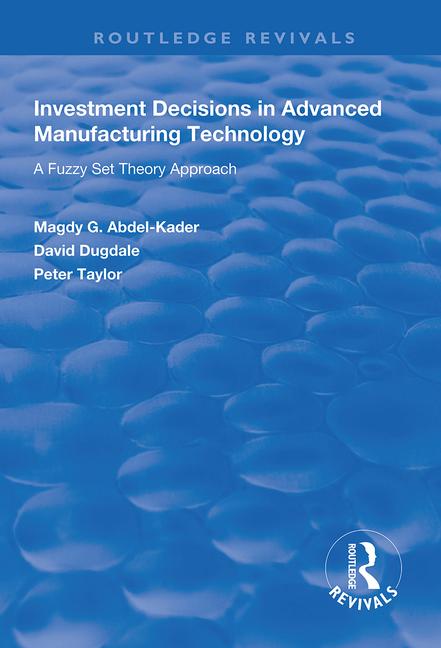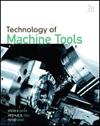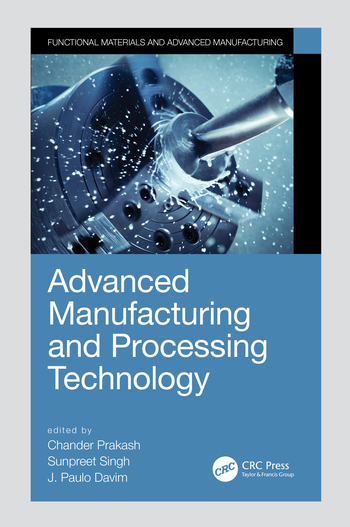VIENNA—A diverse group of organizations have joined together to promote self-driving vehicle technology. The goal of The Autonomous is to establish “a new level of long-term collaboration, bringing together car manufacturers, technology and research leaders to work toward a safe system architecture.”
Companies involved in the effort include Denso, the Fraunhofer Institute for Experimental Software Engineering, NXP, the Swedish Royal Institute of Technology, TTTech Auto and Volkswagen’s Audi division.
“The goal of this collaboration is to lay the basis for safety standardization and pave the way for mass autonomous vehicle production,” says Ricky Hudi, chairman of The Autonomous. “This cross-industry collaboration marks the starting point for a change of mindset in the industry and for further partnerships that will help overcome major hurdles of the prevailing competition.
“The development of truly automated driving will be better mastered by joint forces of car manufacturers, Tier One suppliers, tech and research companies,” claims Hudi. “Therefore, a precompetitive environment is necessary to develop safe technology beyond borders. By this, we create the basis for sustainable customer trust, including best practices and cross-industry standards.”
According to Hudi, automakers’ R&D costs have increased significantly due to the rise of electric, connected and autonomous vehicle development. In the Asia and the United States, R&D spending rose by one-third (to 13 billion and 28 billion euros, respectively), while in Europe it increased by 75 percent to 42 billion euros during the last decade. But, increasing costs are not the only challenge for companies within the automated driving sector.
“Product liability, emerging technological best practices and increasing technical complexity all demand know-how in various fields to solve remaining safety problems,” explains Hudi. “To overcome these challenges, The Autonomous proposes a collaborative approach, bringing all relevant industry players together to jointly develop recommendations, specifications and best practices.”







